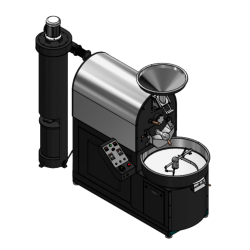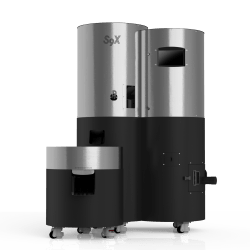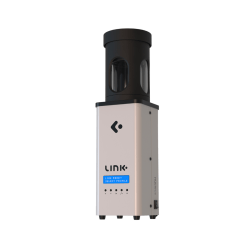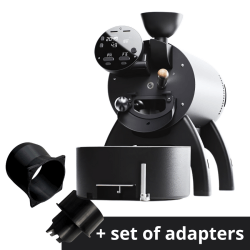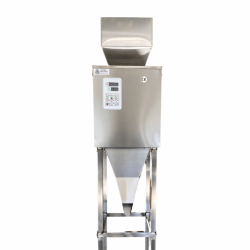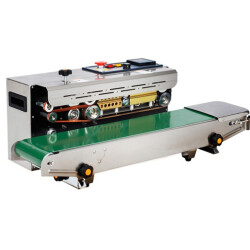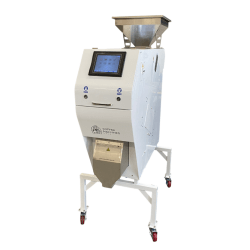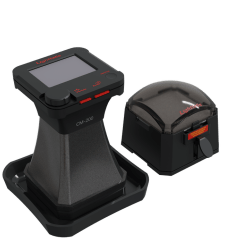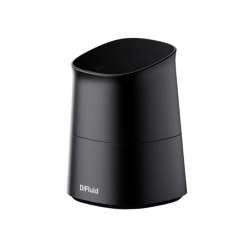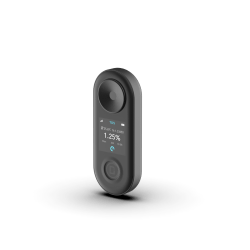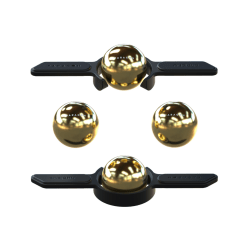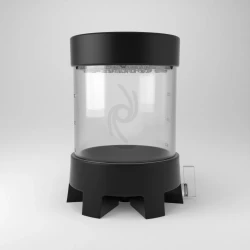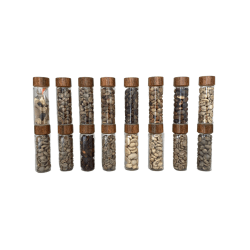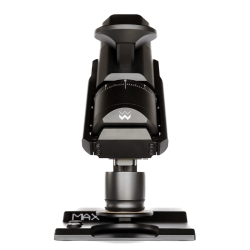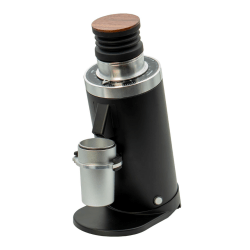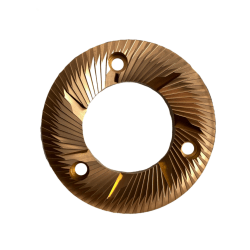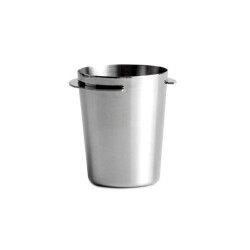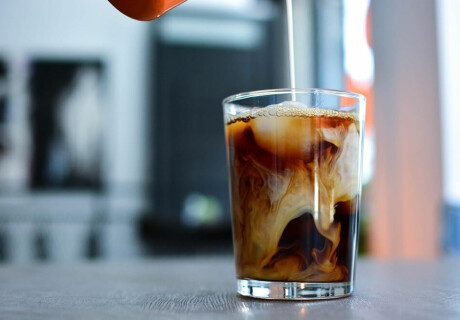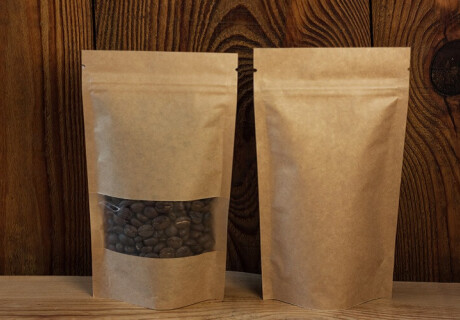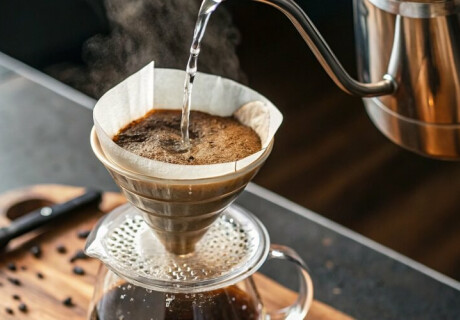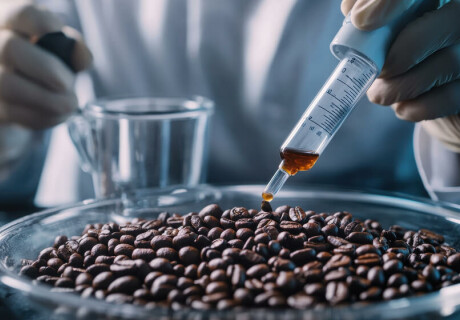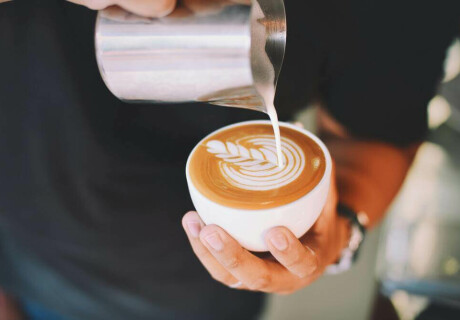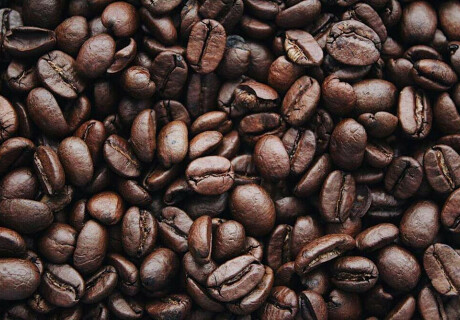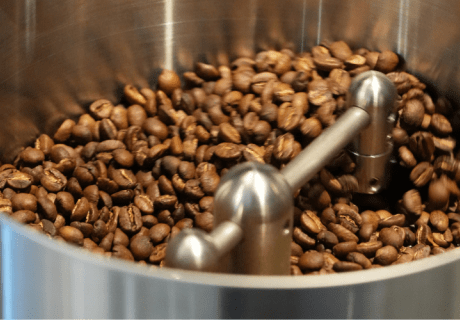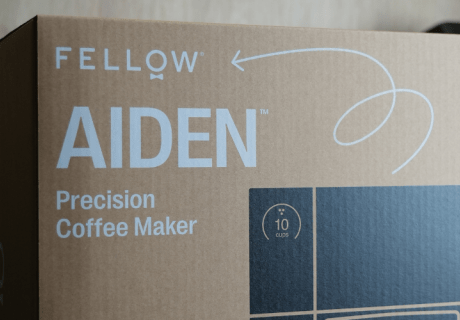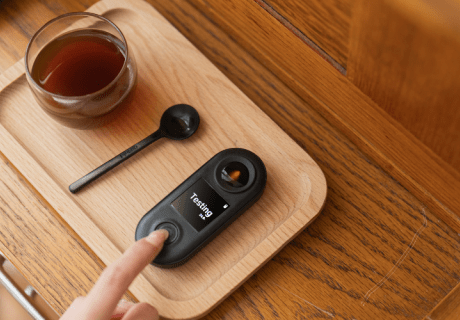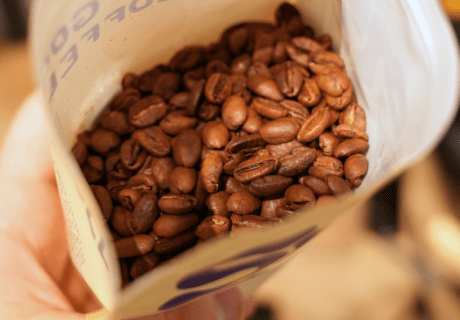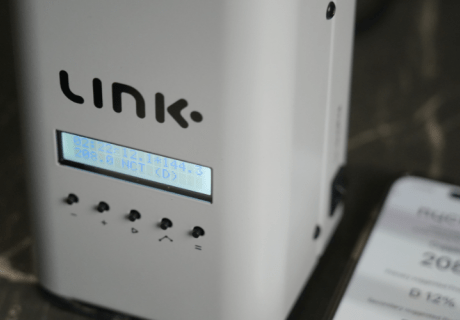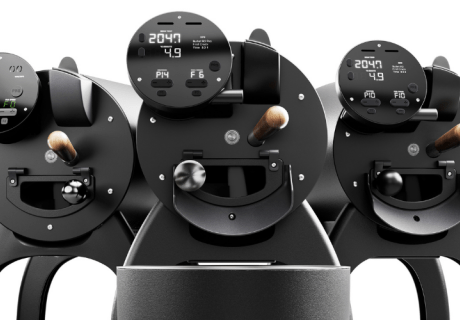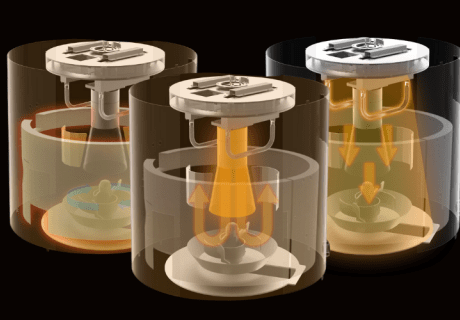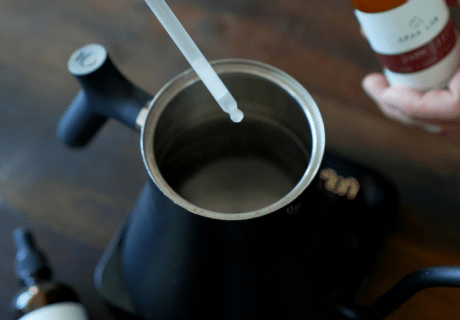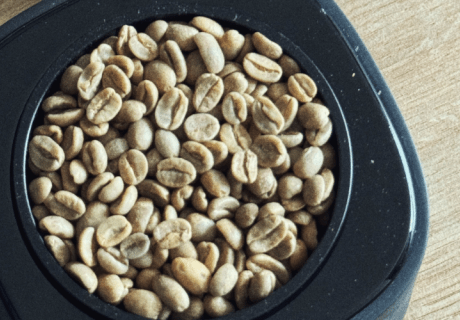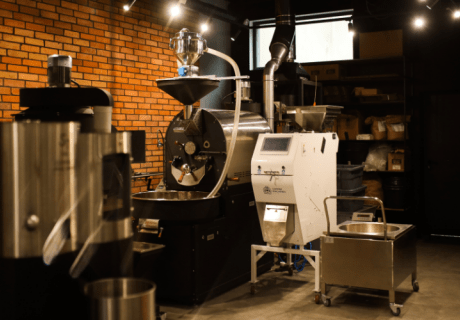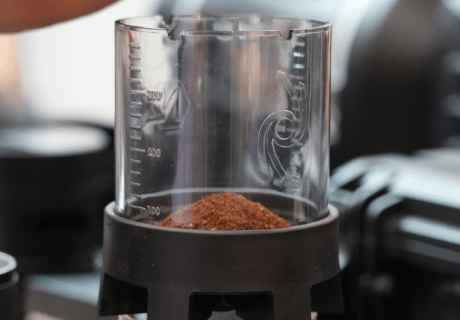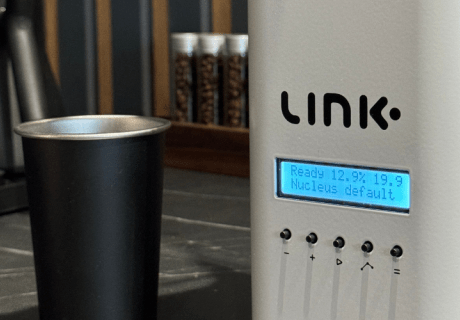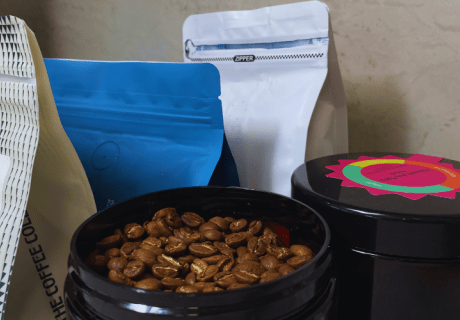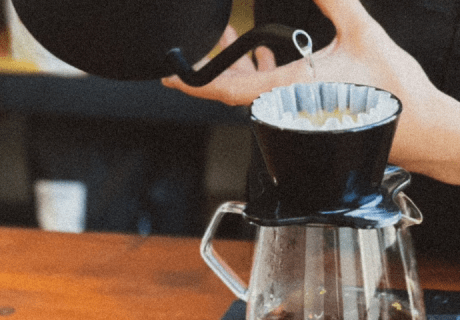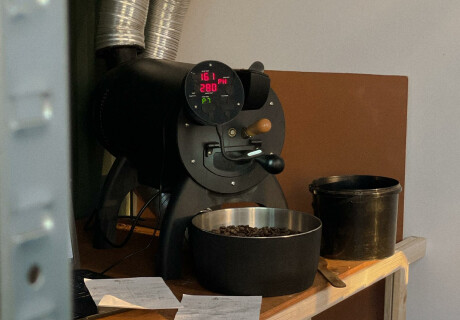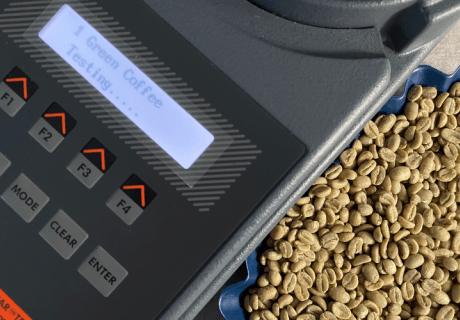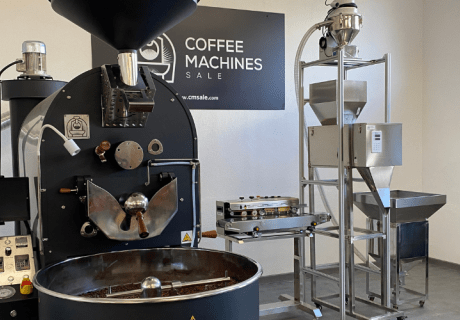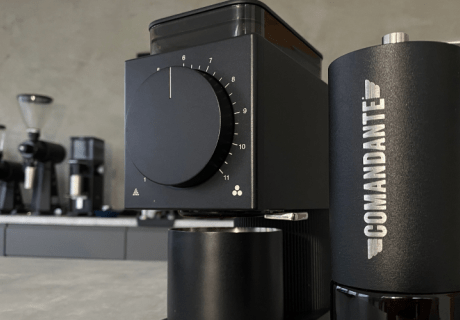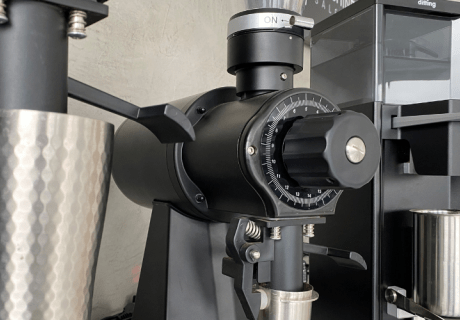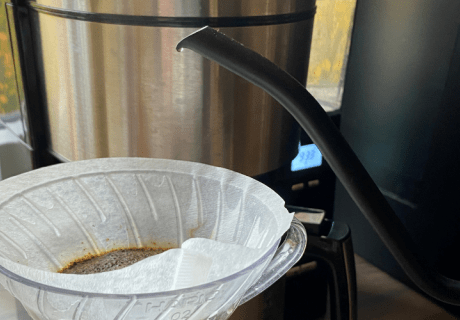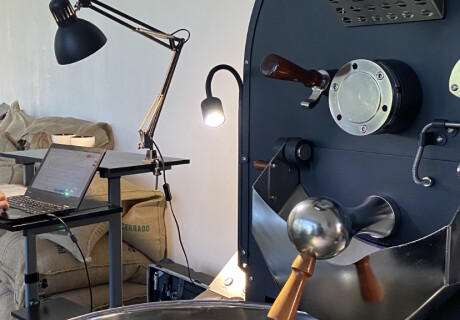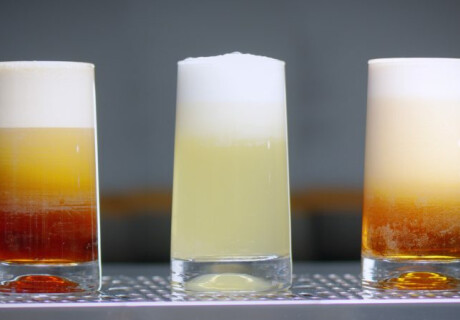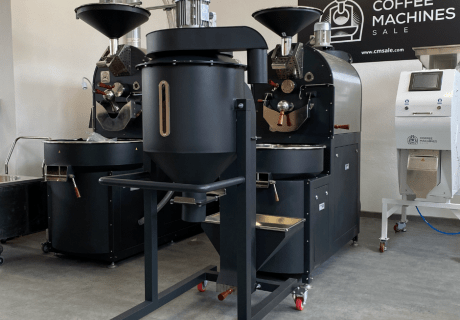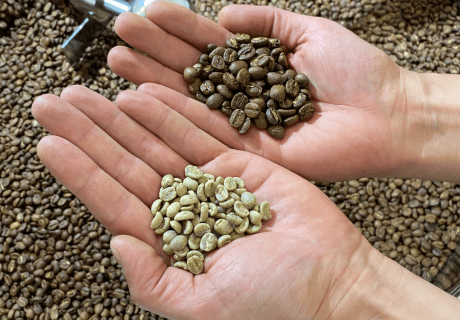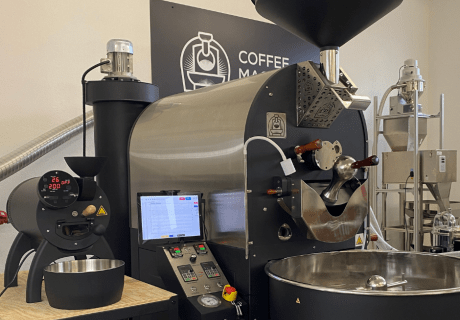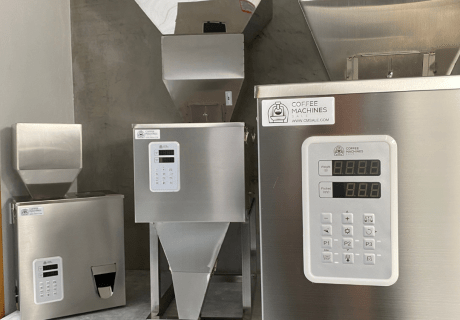Exploring Cold Brew Coffee: Techniques and Flavor Profiles
Cold brew coffee has quickly gained popularity, especially among coffee lovers during the hot summer months when a cold, refreshing drink is most appealing. In this article, we’ll look into what makes cold brew coffee special, including the techniques used to make it and the variety of flavors it offers. Whether you're an experienced cold brew drinker or just starting to explore it, learn how this smooth, low-acid coffee can bring a cool twist to your coffee routine.
Understanding Cold Brew Coffee
Cold brew coffee is a delightful and refreshing twist on the traditional coffee experience, offering a unique way to enjoy your favorite beverage, especially during the warmer months. Unlike the conventional hot brewing methods, it is made by steeping coarsely ground coffee beans in cold water for an extended period, usually 12 to 24 hours. This process results in a concentrate that is creamy and less acidic, providing a different flavor profile and texture that coffee enthusiasts have grown to appreciate. The method traces its origins back hundreds of years, with some historians pointing to Japan in the 1600s, where a similar technique called "Kyoto-style coffee" was used. However, it wasn't until the early 2000s that cold brew coffee began gaining traction in the United States, becoming a staple in many coffee shops and homes.
The growing popularity of cold brew coffee can be credited to its versatility and the refreshing qualities it offers, making it a perfect summer option. Many coffee drinkers find its softer, less acidic taste more enjoyable, allowing the subtle flavors of the bean to shine through without the bitterness often associated with hot brewed coffee. Cold brew coffee can be enjoyed in many different ways; whether served over ice, diluted with water or milk, or even used as a base for creative coffee cocktails, it gives room to experiment. As temperatures rise, the rich flavor of chilled summer coffee is a revitalizing change, making it a beloved option among those seeking both flavor and refreshment.
Perfecting the Cold Brew Technique
To master the cold brew technique, start by gathering the essential equipment: you'll need a container for brewing, coarsely ground coffee, and filtered water. The beauty of cold brew coffee lies in its simplicity and the potential to personalize the brewing process. Start by measuring your coffee and water, using a 1:4 coffee-to-water ratio for a strong concentrate, adjusting as needed. Combine the coffee grounds and cold water in a container, making sure the grounds are fully soaked. Cover and let it steep in the fridge for 12 to 24 hours, depending on your preferred strength. The longer it steeps, the richer and less bitter the flavor becomes. After steeping, strain through a fine-mesh sieve or coffee filter to separate the grounds, leaving a smooth concentrate ready for your customization.
Main factors affecting the flavor of cold brew coffee include grind size and water quality. Coarser grinds are preferred for a cleaner cup and to avoid bitterness from over-extraction, while using filtered water enhances the coffee's subtle flavors. Experimenting with different beans and roasts opens up new flavor possibilities, allowing you to customize your brew to your taste. For a quicker extraction, try using room temperature water instead of cold water, as this accelerates the process and allows for faster experimentation with the cold brew technique.
Discovering Flavor Variations
When exploring the flavor notes of cold brew coffee, you’ll discover a wide range of tastes and aromas that can vary with each cup. The type of coffee beans used is crucial in shaping these flavors. For example, beans from Ethiopia often bring floral and citrus notes, creating a bright and lively cup, while Brazilian beans tend to have richer, chocolatey undertones, providing a more indulgent experience. The roast level also impacts the flavor of cold brew coffee. Light roasts highlight the bean's natural fruitiness and acidity, resulting in a refreshing brew, while dark roasts bring out deeper, caramelized flavors, creating a bold concentrate that suits those who prefer a stronger cold brew.
The brewing method itself, including the duration and temperature of steeping, can affect the subtleties of cold brew coffee flavors. Blending different origins and roast levels can also create a complex and layered flavor profile, perfect for the adventurous coffee drinker. To improve your tasting experience, consider pairing cold brew coffee with complementary flavors. A splash of milk or a dollop of cream can smooth and enrich the coffee, while flavored syrups like vanilla or caramel add a sweet twist, balancing the natural acidity. For those seeking unique pairings, a hint of cinnamon or a drizzle of maple syrup can introduce exciting contrasts, showcasing the wide range of flavors in cold brew coffee and making each sip a new adventure.
Unique Cold Brew Combinations
Step into the creative world of cold brew coffee with a variety of exciting twists that take this beloved summer coffee to new levels. One interesting option is infusing flavors directly into the brewing process. Adding ingredients like vanilla beans, cinnamon sticks, or citrus peels while the cold brew steeps creates a uniquely flavored concentrate that’s sure to please the taste buds. For those wanting a creamy, frothy experience, nitro cold brew coffee is a great choice. This variation infuses the cold brew with nitrogen gas, resulting in a creamy texture and a foam top. The velvety mouthfeel and added sweetness make nitro cold brew a perfect indulgence for hot days.
Beyond flavor and texture, the versatility of cold brew coffee is evident in its many serving styles. You can pour your cold brew over ice for a classic, refreshing drink or mix it with tonic water for a bubbly twist, perfect for hot days. For a more indulgent option, blend the cold brew with ice cream to create a delicious coffee float that satisfies any sweet tooth. Making these variations at home is easier than it seems. Start by experimenting with small batches and adjusting the infusion ingredients to match your preferred flavor strength. If you want to try making nitro cold brew coffee at home, you can invest in a small nitrogen canister system, turning your regular cold brew into a barista-quality treat. These creative ideas not only enrich the natural appeal of cold brew but also make it a refreshing summer coffee staple.

